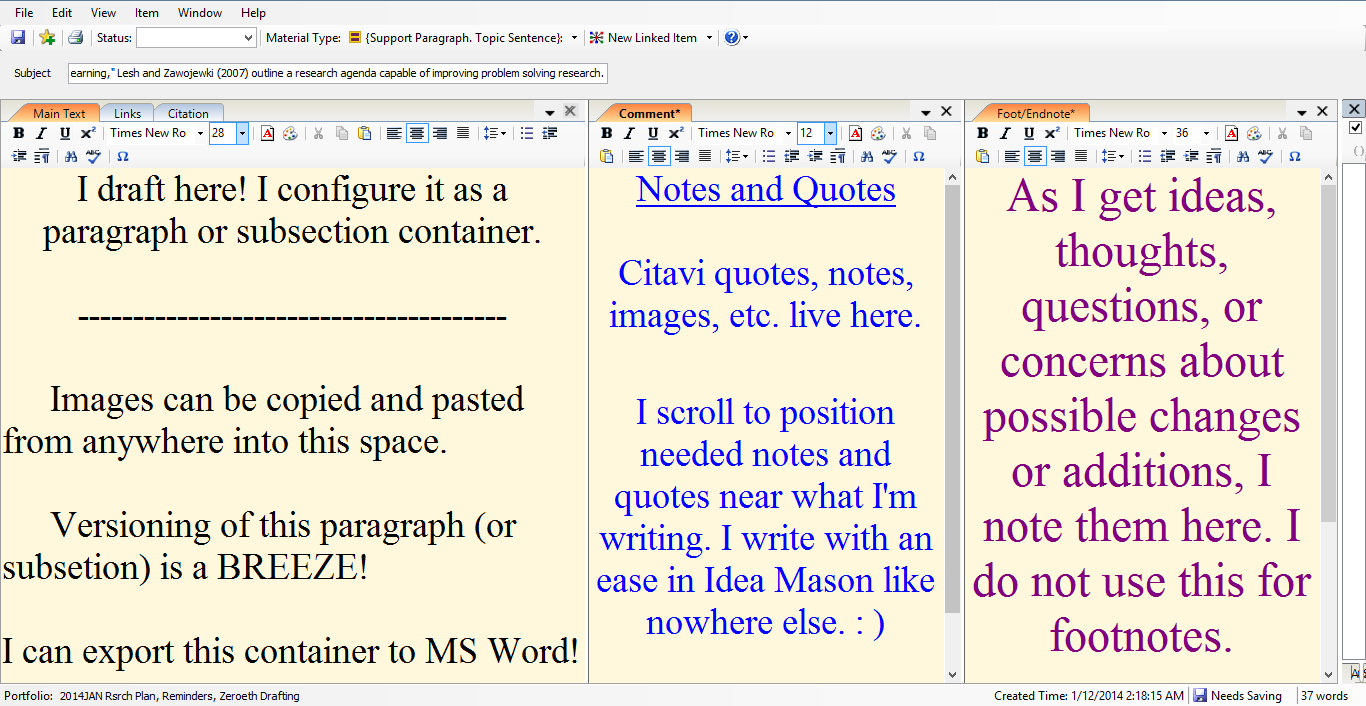Faber Castell 2 82 Manual High School
Manual training and wood and print shop. Faber-Castell 2/82 Duplex. Phil used this model of slide rule for one year at high school before calculators. Faber Castell 2 82 Manual Dexterity Boards Faber Castell 2 82 Manual Dexterity Jobs. When the school closed about a year later.

Eric's Faber Castell Slide Rules Faber Castell Slide Rules Faber Castell rules were manufactured predominantly in Germany, and they were clearly the dominant European slide rule maker. Faber rules are considered by many slide rule enthusiasts as among the best ever made.
They sold a wide range of models, with many of their early offerings made of Swiss pearwood or boxwood with celluloid facings. Later rules were made out of Geroplast (their name for plastic) and featured some of the most useful and advanced features ever seen on slide rules.
Always the innovator, Faber was often copied but rarely duplicated by other manufacturers. Faber was also one of the more popular slide rule sellers here in Quebec, along with K&E and the Hughes Owens company. Many of their rules have survived very well to this day, and remain among the most sought after by collectors. Faber Castell 2/82 Duplex - November, 1968 An example of one of Faber's late model high-end duplex rules, obtained in mint condition.

Although not quite as advanced as the top of the line 2/83 Novo-Biplex series (what a name!), this rule is a close second and features almost all of the well-known Faber innovations. Made of plastic with adjustable anodized aluminum end braces, it features a nine hairline cursor (5/4 duplex), and a whopping 24 multi-coloured scales with trademark green accent stripe on the primary scales and extensions at both ends of the major scales. It is also a 'self-documenting' rule, as each scale has an example on the far right of what the scale represents and how to use it.
Date code stamp appears to read 11/68, which is consistent with the late model feature set shown on the rule. You might want to compare this rule to the high end and offerings in my collection. The unmarked case is made of high quality leather with a dark brown finish similar to my Nestler rules, only much sturdier in this case (most Faber rules come in plastic clam-shell type display cases). Also included with the rule was a fairly typical single-sided plastic 'cheat sheet' of common formulas and conversions, shown in first high resolution scan. I've also included links to scans of the appropriate catalog pages for this model rule, stored at Sphere Research Corp's.
Although I don't have the manual for this rule, I think the outstanding features of this model speak for themselves. A top of the line rule by any standard, and a real pleasure to use. Faber Castell 1/54 Darmstadt - July, 1961 One of Faber's most common, and most popular, slide rules. The Darmstadts' were always made of wood, like the early model 375 at the bottom of this page. Although superficially similar to such simpler models, this rule is far more advanced. It has most of the standard Faber innovations, like the five hairline cursor, multi-coloured scales, scale extensions, and self-documenting features.
Note the unusual P, or Pythagorean, scale on the bottom of the front surface. Also unusual are the S and T scales on the hard cursor edge (see picture) and the L scale along with the inch ruler on the slanted edge. These scales are normally found on the reverse of the slider in most simple Rietz/Mannheim rules; in this case they are replaced by the 3 log-log scales (LL1, LL2, LL3).
As standard on this type of rule, a table of standards and equivalents graces the back of the rule, which also has dual hairlines for reading the log-log scales. Contoh Skripsi Teknik Informatika Pdf Converter here. Except for the lack of a centimeter scale and the odd scale arrangement, I'd have to say this is one of the most useful simplex rule I've ever seen (for a comparison, check out the later-model 'advanced Darmstadt' made by ). Also standard is Faber's hard plastic green display case with clear top piece to show off the rule. A classic and elegant slide rule!